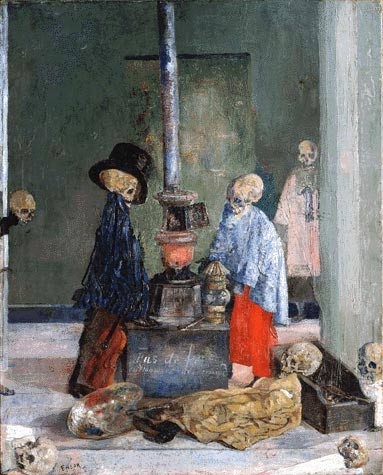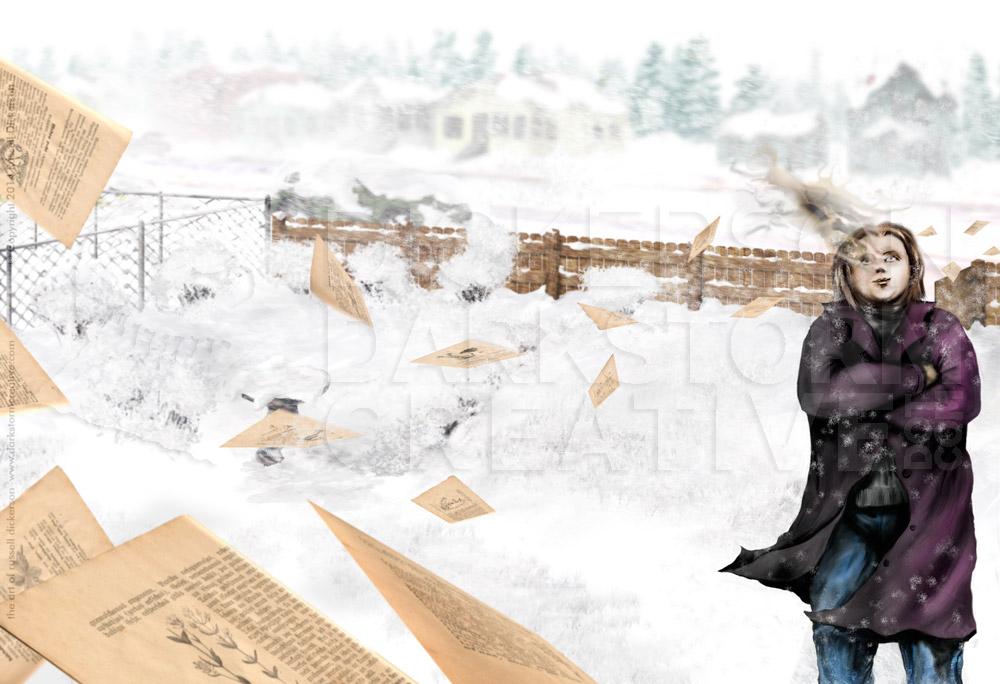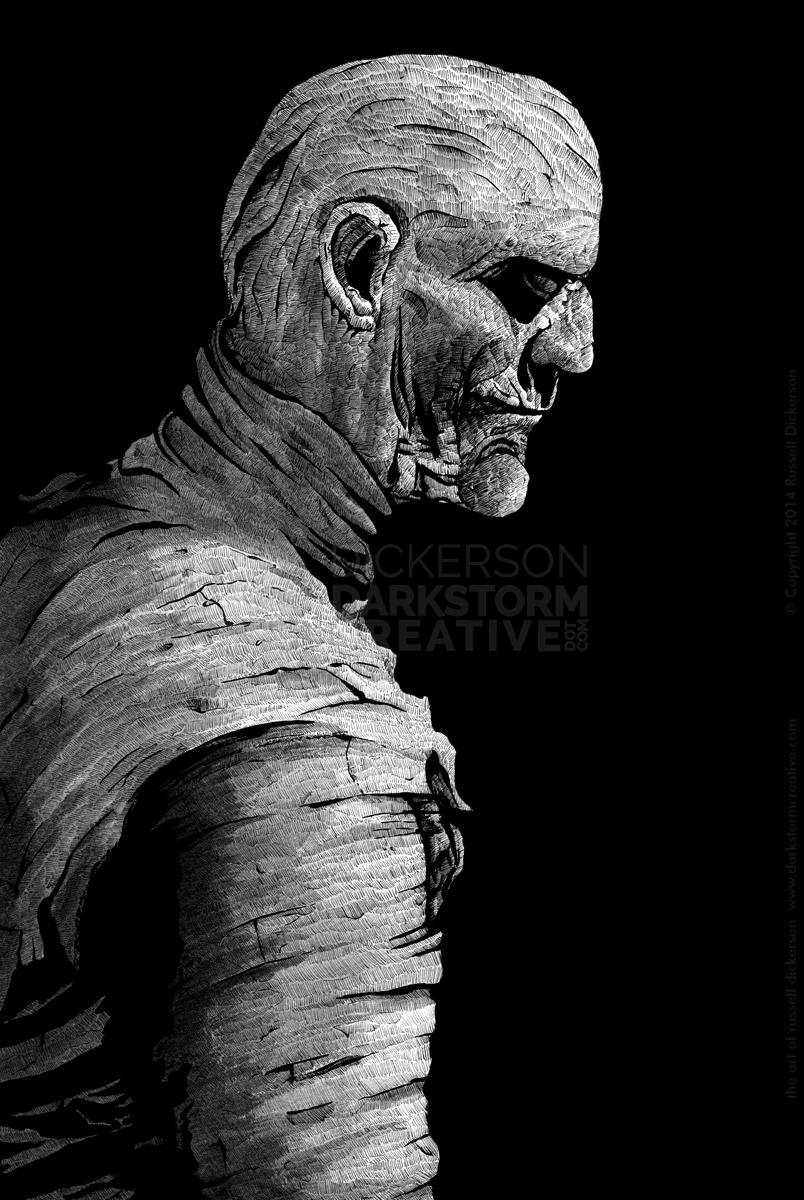I’m back from a long, long trip to Washington, D.C., with this week’s new art piece. As always, let me know what you think of the art.
This is James Ensor’s Skeletons Warming Themselves (1889, oil, 30″ x 24″), one of the pieces that I’ve been lucky enough to see in person at a museum. This work can be seen (or was last year at least) at the Kimball Museum in Fort Worth, Texas.
It caught my eye immediately as I was wandering the halls of the museum (which I was doing slowly anyway, since it was 102 degrees outside). It was just such a different piece than I had ever seen before. It wasn’t necessarily grotesque, or even foreboding, in the use of skeletons. It almost seemed playful, but there there was also a sense of story here.
Ensor’s work fell between several movements, including Symbolism, Expressionism and even Impressionism. Much of his work was political or had religious meanings, yet he seemed to always mask those ideas behind fantastical images.
The Kimball Museum site explains the image as a cycle in the “dance of death”, a renaissance idea of skeletons portraying the “vanities of a particular profession”*. I’ll let you read the rest if you’d like (see below), but there is a lot of symbolism and meaning behind it on the official front.
For me (unofficially, since I’m just a schmoe that likes art), I like the look and feel of it. The colors are well played, bright enough ans set with enough contrast for the scene, but subtle enough to work on their own. Ensor’s brush is loose, much like the impressionists, but there are strong lines and colors where needed.
I love the composition and the way Ensor played with reality vs. fantasy. There is a sense that this is a real world scene, that the artists really are warming themselves at the fire. But there is a strong sense of the unusual too, skeletons that appear out of place or creepily looking on. Ensor built a piece that challenges not just the rational mind, but offers up the fantastic as well.
Opinions?
Russ
*Information grabbed from the Kimball Museum website (which explains things much better than I do) at http://www.kimbellart.org/database/index.cfm?detail=yes&ID=AP%201981.20



